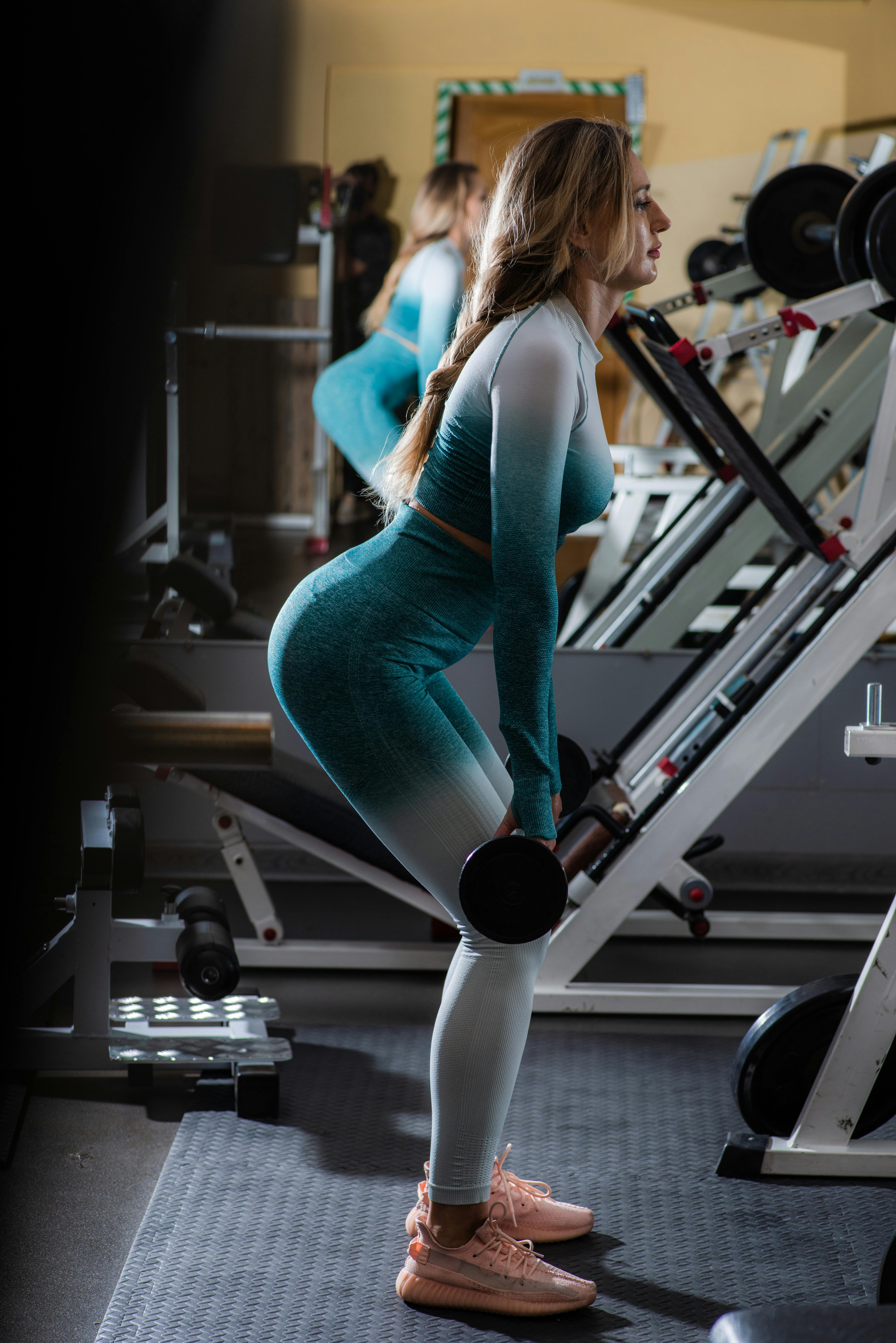The Deadlift Exercise: A Complete Guide to Benefits, Variations, and Technique
The dead lift exercise is a fundamental compound exercise that is commonly performed in weightlifting and power lifting. It targets several muscle groups, including the hamstrings, glutes, lower back, and core. The dead lift is a highly effective exercise for building strength, increasing muscle mass, and improving overall fitness. In this article, we'll take a closer look at the benefits of the dead lift exercise, different variations, and proper technique.
Benefits of Dead lift Exercise
1:Builds Total-Body Strength:
The dead lift exercise works several muscle groups, including the hamstrings, glutes, lower back, and core. By engaging these muscles, the dead lift can help build total-body strength and increase overall fitness.
2:Improves Posture:
The dead lift exercise can help improve your posture by strengthening the muscles that support your spine. This can help reduce the risk of back pain and improve your overall health.
3:Increases Muscle Mass:
Dead lifts are a highly effective exercise for building muscle mass, particularly in the legs, back, and core. By consistently performing dead lifts and increasing the weight over time, you can see significant gains in muscle size and strength.
4:Improves Athletic Performance:
The dead lift exercise can improve athletic performance by increasing power, explosiveness, and speed. This can be particularly beneficial for athletes who need to perform explosive movements, such as sprinters and football players.
5:Boosts Metabolism:
Dead lifts are a highly demanding exercise that can help boost your metabolism and burn calories. By engaging multiple muscle groups, dead lifts can help you burn more calories during and after your workout.
Dead lift Variations
1:Conventional Dead lift:
The conventional dead lift is the most common variation of the exercise. It is performed with a narrow stance and a grip that is slightly wider than shoulder-width apart. This variation primarily targets the lower back, hamstrings, and glutes.
2:Sumo Dead lift:
The sumo dead lift is performed with a wide stance and a grip that is inside the knees. This variation targets the quads, glutes, and inner thighs.
3:Romanian Dead lift:
The Romanian dead lift is performed with a narrow stance and a grip that is slightly wider than shoulder-width apart. This variation primarily targets the hamstrings and glutes.
4:Trap Bar Dead lift:
The trap bar dead lift is performed with a special hexagonal bar that allows you to stand inside the bar. This variation targets the same muscle groups as the conventional dead lift but is considered to be a safer and more accessible alternative for beginners.
Dead lift Technique
Proper technique is essential for getting the most out of your dead lift exercise and avoiding injury. Here are the steps to perform a basic dead lift:
- Start with your feet shoulder-width apart and the barbell on the ground in front of you.
- Squat down and grasp the bar with a grip that is slightly wider than shoulder-width apart.
- Lift the barbell off the ground by driving through your heels and extending your legs.
- As you lift the bar, engage your core and keep your back straight.
- Once the bar reaches your knees, thrust your hips forward and stand up straight.
- Lower the bar back down to the ground in a controlled manner.
equipment for Dead lifts exercise:
The equipment required for dead lifts can vary depending on the variation of the exercise you choose to perform. However, some common equipment used in dead lifts includes:
Barbell:
The barbell is the most commonly used piece of equipment for dead-lifts. It is a long, straight metal bar that is loaded with weight plates on either end.
Weight Plates:
Weight plates are used to load the barbell and provide resistance during the exercise. They come in various sizes and can be easily added or removed from the barbell.
Power Rack:
A power rack is a sturdy metal frame that provides support and safety during heavy lifts. It usually has adjustable safety pins that can be set to catch the weight if the lifter loses control of the barbell.
Lifting Straps:
Lifting straps are used to help the lifter maintain their grip on the barbell, particularly when performing heavy lifts. They wrap around the lifter's wrist and the barbell, providing a secure grip.
Weightlifting Belt:
A weightlifting belt is worn around the waist to provide support and stability during heavy lifts. It helps to increase intra-abdominal pressure, which can help protect the lower back.
Chalk:
Chalk is used to improve grip by reducing sweat and improving traction between the lifter's hands and the barbell.
Dead lift Platform:
A dead lift platform is a specialised platform that is designed to provide a flat, stable surface for performing dead lifts. It is usually made of rubber or other shock-absorbing materials to protect the floor and reduce noise.
While not all of these equipment are necessary to perform a basic dead lift, they can be useful for lifters looking to perform heavy lifts and maximise their performance. It is important to note that proper technique and form are more important than the equipment used. Beginners should focus on developing proper technique before adding heavy weights or using specialised equipment.
Final Thoughts
The dead lift exercise is a highly effective exercise for building total-body strength, increasing muscle mass, and improving overall fitness. With a variety of variations to choose from, dead lifts are suitable for people of all fitness levels. By using proper technique and gradually increasing the weight over time, you can achieve your fitness goals and reap the benefits of this effective compound exercise. However, it is essential



Comments
Post a Comment